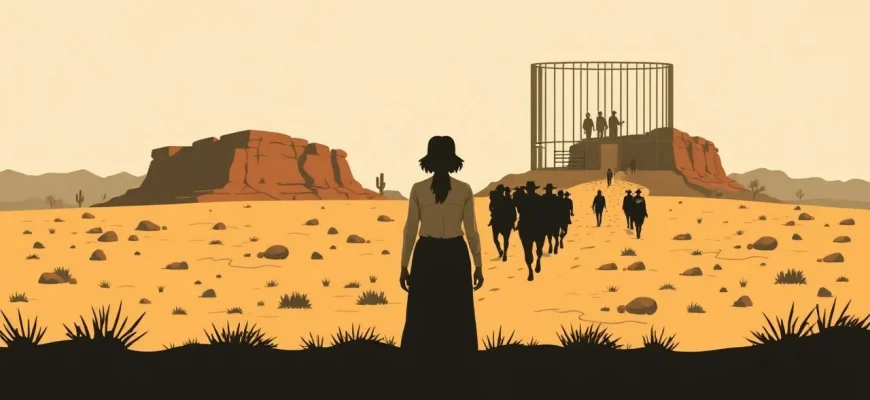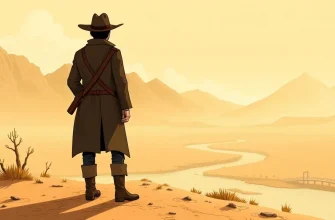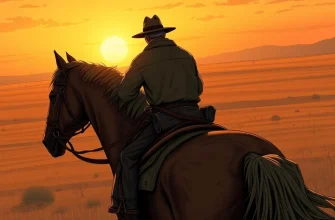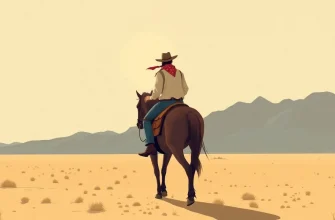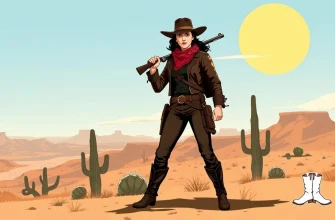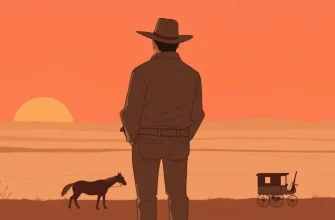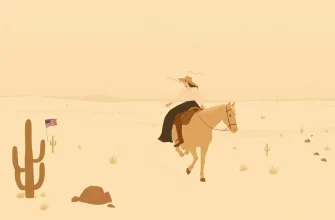The Western genre has always captivated audiences with its tales of rugged landscapes, lawless frontiers, and the eternal struggle between civilization and wilderness. This curated list delves into a specific theme within the genre: stories of captives. These films explore the themes of captivity, rescue, and the quest for freedom, offering viewers a mix of action, drama, and historical insight. Whether it's a tale of a kidnapped woman, a child taken by Native Americans, or a group of settlers held hostage, these movies provide a thrilling and often poignant look at life on the edge of civilization.

The Big Sky (1952)
Description: A fur trapper and his companions encounter various challenges, including the rescue of a captive woman, on their journey up the Missouri River.
Fact: The film was shot on location in Montana, providing an authentic backdrop for its story.
 Watch Now
Watch Now 
The Searchers (1956)
Description: John Wayne stars as Ethan Edwards, a Civil War veteran who embarks on a years-long quest to rescue his niece, kidnapped by Comanche warriors. This film is a cornerstone of the Western genre, exploring themes of revenge, racism, and redemption.
Fact: The film was shot in Monument Valley, which became iconic in Western cinema. It was also one of the first films to explore the psychological effects of captivity.
 Watch Now
Watch Now 
The Alamo (1960)
Description: While primarily about the famous battle, the film includes scenes where settlers are taken captive, showcasing the brutality and desperation of the time.
Fact: John Wayne both directed and starred in this epic, which was his passion project for many years.
 Watch Now
Watch Now 
The Unforgiven (1960)
Description: This film tells the story of a family whose secret that the adopted daughter is of Native American descent leads to conflict and her eventual kidnapping. It's a poignant exploration of racial prejudice and family bonds.
Fact: The film was based on a novel by Alan Le May, who also wrote "The Searchers."
 Watch Now
Watch Now 
The Great Sioux Massacre (1965)
Description: This film, while focusing on historical events, includes a subplot involving the rescue of captives from the Sioux, offering a different perspective on the Indian Wars.
Fact: It was one of the few films to portray Custer in a less than heroic light.
 Watch Now
Watch Now 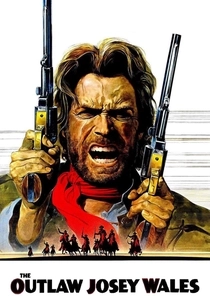
The Outlaw Josey Wales (1976)
Description: After his family is murdered, Josey Wales joins a Confederate guerrilla band, only to find himself on the run with a group of misfits, including a captive woman. The film blends themes of revenge, survival, and unexpected alliances.
Fact: Clint Eastwood not only starred in but also directed this film, marking a significant point in his career transition from actor to filmmaker.
 Watch Now
Watch Now 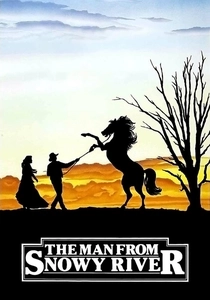
The Man from Snowy River (1982)
Description: Although set in Australia, this film captures the spirit of the Western with its tale of a young man proving himself while rescuing a valuable colt and a captive girl.
Fact: The film was based on a poem by A.B. "Banjo" Paterson, an iconic piece of Australian literature.
 Watch Now
Watch Now 
The Missing (2003)
Description: A father, estranged from his daughter, teams up with her to rescue her kidnapped sister from a band of Apache outlaws. This film delves into themes of reconciliation and the harsh realities of frontier life.
Fact: The film was directed by Ron Howard and features a strong performance by Tommy Lee Jones.
 Watch Now
Watch Now 
The Plainsman (1936)
Description: While not solely about captives, this film includes a subplot where Wild Bill Hickok rescues a woman from a band of Cheyenne warriors, highlighting the era's tensions between settlers and Native Americans.
Fact: The film was one of the first to use Technicolor, enhancing its visual appeal.
 30 Days Free
30 Days Free 
The Last Wagon (1956)
Description: A convicted murderer joins a wagon train and helps rescue a group of women and children from an Indian attack, exploring themes of redemption and survival.
Fact: Richard Widmark's performance was critically acclaimed for its depth and complexity.
 30 Days Free
30 Days Free 
